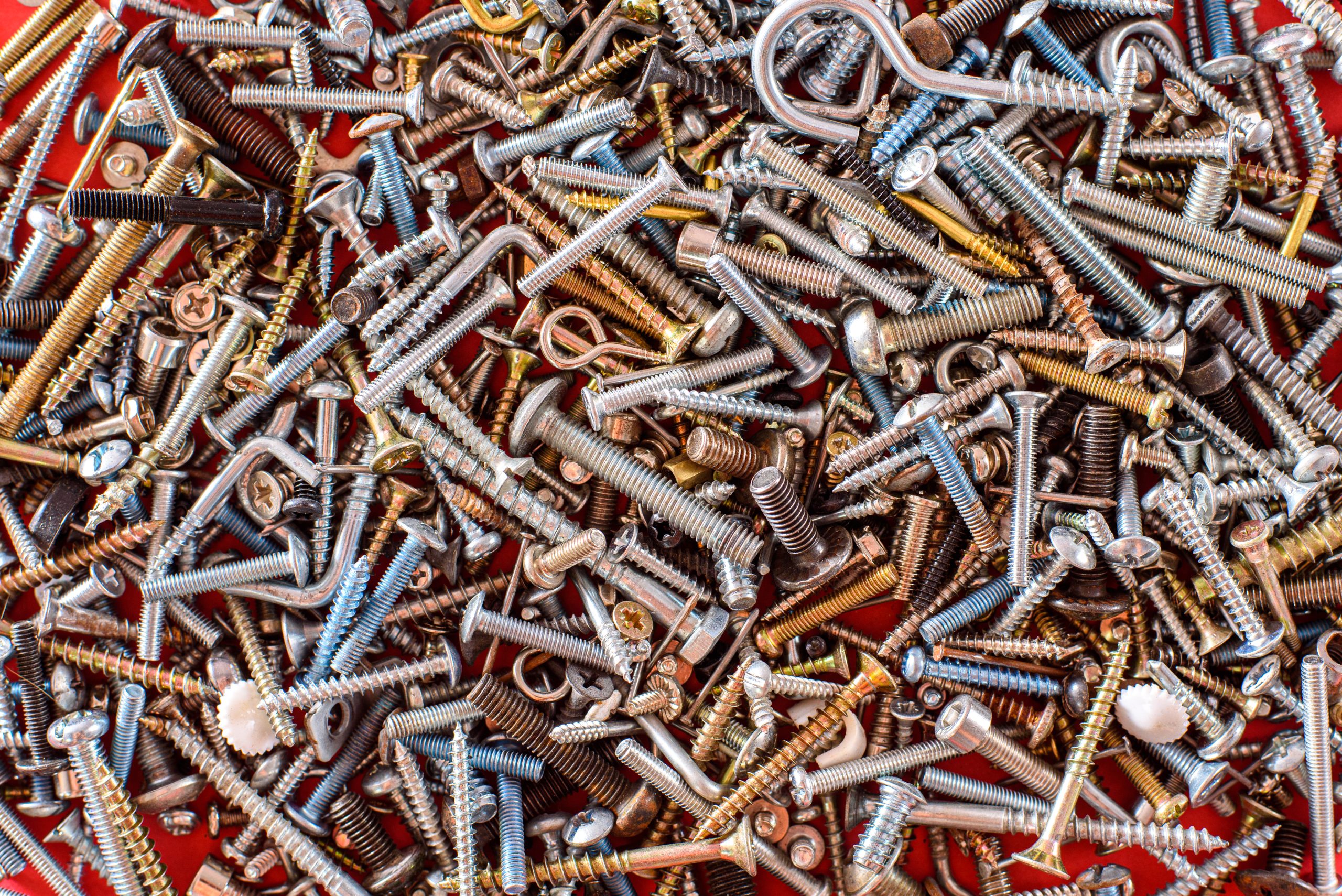
 The fastener industry – like most industries – is not standing still. As science, materials, and manufacturing make great strides, fastener technology is keeping pace with them. These are exciting times.
The fastener industry – like most industries – is not standing still. As science, materials, and manufacturing make great strides, fastener technology is keeping pace with them. These are exciting times.
Today, the US fastener industry is a multi-billion dollar chunk of the economy, serving virtually every other industry and application, including the critical aerospace, automotive, and military markets. The size and scope of the fastener industry today can make it difficult to realize that the version we see today is vastly different from what it was just a century or so ago.
The Industrial Revolution at the end of the 19th century brought standardization to manufacturing in general and the fastener industry specifically. Before the late 1800’s, the size, thread density, and overall dimensions of a fastener varied from shop to shop, meaning a manufacturer had to cater to a specific local market and its needs.
Today those kinds of basic product specifications are no longer an issue and the fastener industry is now focused on researching new materials and designs for fasteners as they evolve to meet the ever-increasing complexity and sophistication of the products and applications in which they are used.
Making the most out of modern materials
Most fasteners are still made out of metals such as steel, stainless steel, brass, and aluminum, as well as a wide range of plastics. However, new alloys and compounds are being introduced with increasing frequency as research and development techniques and technologies speed up, enabling scientists and manufacturers to develop and test new materials faster and with greater reliability.
Advanced ceramics, carbon fiber, and carbon nanotubes are just some of the exotic materials attracting the growing interest of companies worldwide, including fastener manufacturers. The aerospace industry continues to push the boundaries of what new materials can do and the applications they can be used in. Ultra-light, ultra-strong alloys and compounds are reducing the weight of finished products while increasing their strength and durability, making many of them good candidates for new-and-improved fasteners. Some of the materials in development even hold the promise of changing physical properties to accommodate different applications, conditions, and environments, providing them with unparalleled versatility and flexibility.
Whatever the future holds for new materials and new fasteners, you can be sure that Electronic Fasteners will be right there to adapt and adopt them for our customers. Stay tuned…


